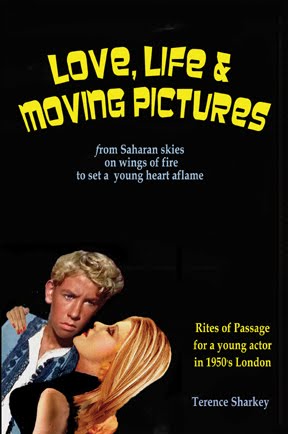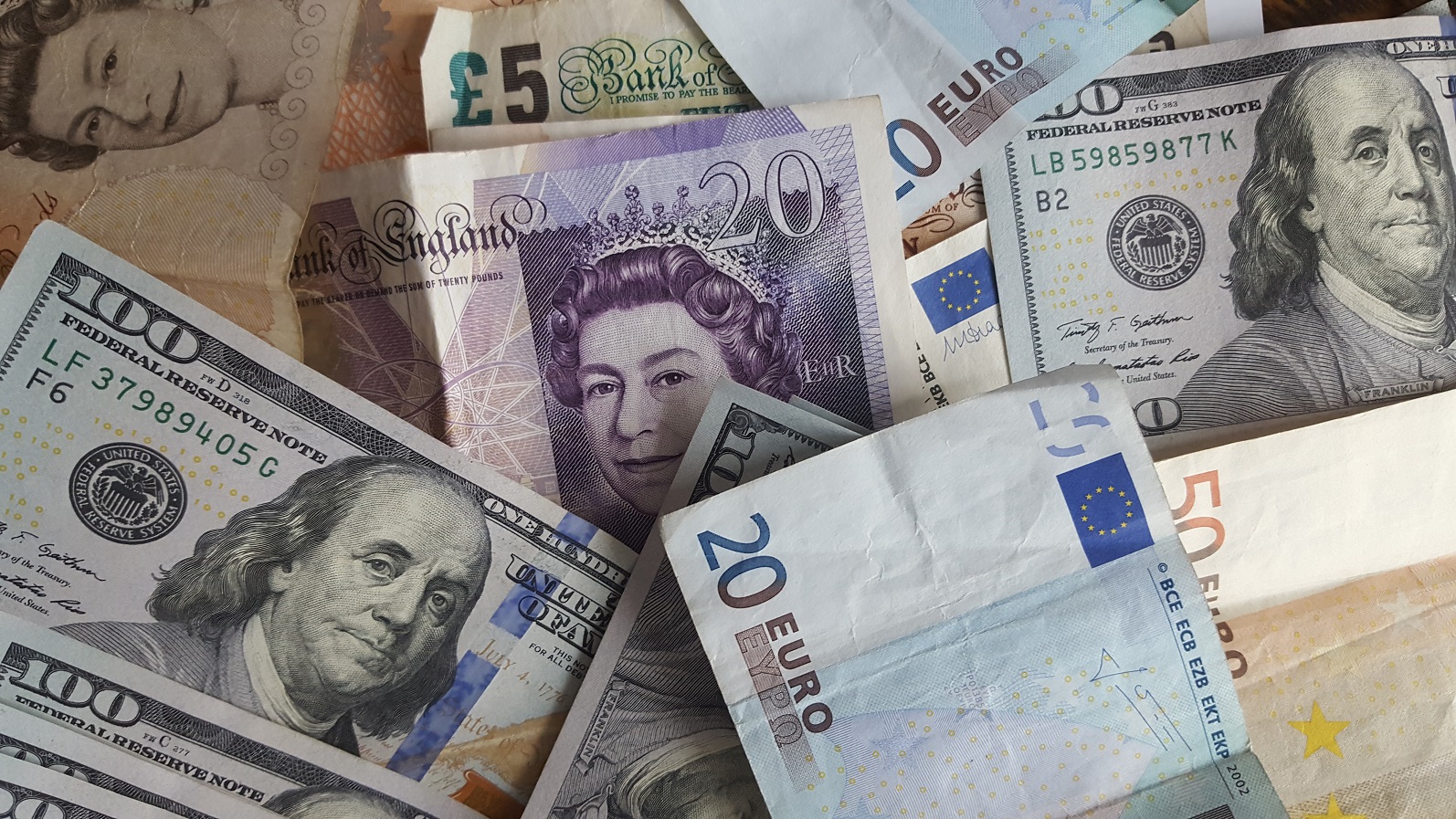Tripoli, 6 May:
As Libya’s capital city, Tripoli has barely . . .[restrict]been out of the international news over the past eighteen months. During the revolution, we watched the people of Tripoli rise up against Qaddafi’s regime only to be brutally beaten back. We saw the city being pounded by NATO bombs. We witnessed it become one of the final defining battlegrounds of the 17 February Revolution.
Since Libya’s liberation, Tripoli has continued to be on the screens and pages of press outlets worldwide. Reports generally focus on arms proliferation, lawless thuwar (revolutionaries), and the various failings of the NTC and Libyan government, yet there are also many news stories which highlight positive developments happening within Libya’s capital. As the city recovers post-revolution, Libyan civil society is blossoming; business and trade are flourishing and the city is settling into life after Qaddafi.
However, although it is now easy to find information about Libya’s current socio-political and economic situation, as well as the intimate stories of those who fought during the revolution, it is still surprisingly hard to catch a glimpse of city life in Tripoli post-Qaddafi. As a capital city, does it have more to offer than traffic choked roads, war damaged buildings and gun-toting thuwar?
Well, it may have a long way to go before it can compare to legendary Middle Eastern capitals such as Cairo or Damascus, but it has its own charm and attractions which residents and visitors alike may find surprising.
The month of April alone saw a number of cultural events celebrating Libyan art, poetry and photography. London’s Victoria & Albert Museum, in collaboration with the British Council, organised a street art display including the works of some of Libya’s most talented graffiti artists. Libya’s first International Poetry Festival was held in Dar Al-Fagi Hassan Art Gallery in Tripoli’s old city with recitals from poets from Libya, the Arab world, Europe and the US.
Dar al-Fanon Art Gallery also held a Ghadames photography exhibition showing the works of a prominent Libyan photographer. All of these events were well organised, well attended and free of charge.
For the eager tourist, Tripoli’s old city is as busy and bustling as ever and you can buy anything from cheap household goods to traditional jewellery to t-shirts emblazoned with the flag of the new Libya. Most of Tripoli’s museums are not currently open, but visit the site of Bab al-Aziziya and witness history first hand. Qaddafi’s complex was heavily bombarded by NATO forces during the revolution, and since then much of what was left has been demolished. However, there is still a lot to see, and only by going there can you appreciate the sheer scale of the compound and wonder at how Libya’s former leader must have lived in this fortified city within a city.
For those who want to feel the pulse of the streets, spend a few hours in Martyrs’ Square, Algeria Square or outside the NTC offices or ministry buildings. Since the end of the revolution, barely a day goes by without campaigns, protests and demonstrations taking place in at least one of these places. Before you know it you will have leaflets stuffed into your hands; you will be surrounded by demonstrators waving signs, or you will find yourself stuck in a queue of angry motorists trapped by a road blockade.

In terms of action and adventure, Tripoli may surprise you.
Taekwondo is one of Libya’s strongest sports, and Nadi Al-Andalous Taekwondo Club in Hay Al-Andalous has trained some of Libya’s finest champions. Their doors are open to anyone who wants to give this sport a try, and you can train as much or as little as you like. For water sports lovers, Tripoli now has its very own kite surfing centre on Gargarish Road. They offer the complete kite surfing package; equipment hire, lessons and weekend trips away. For adrenaline junkies, Tripoli’s recently opened paintball centre is definitely worth a visit. Situated in Shargeyya, you can play in teams of 10 with up to 400 paint balls per person. Paintballing is an exciting if sometimes painful way to spend an evening in Tripoli!
For those willing to venture outside the capital, the Roman ruins of Sabratha and Leptis Magna are still easily accessible by road and are currently free of charge. These ancient cities can be explored independently, and with a backdrop of purple flowers, blue sea and white sand, spring is definitely the best time of year to visit these archaeological gems.
Finally, it can be easy to forget that Tripoli itself is a Mediterranean city, yet it possesses the defining characteristics of the Libyan capital. Over the past few months a number of new, upmarket establishments have opened with beautiful views across the sea. Whether it’s Italian franchises, shisha cafes or fine dining restaurants, the variety and choice of eateries in Libya’s capital is on the increase. When sitting in the sunshine, sipping coffee overlooking the sea it is sometimes hard to believe you are in a city that has been through such dramatic upheaval in the past year.
Tripoli may not be the Paris of North Africa yet, but as the capital of new Libya it has a lot to offer its visitors, whether it’s culture, history or excitement you want.
By Rhiannon Smith
[/restrict]









